The cast iron pan has only recently entered my kitchen. It is not a love at first sight, I would call the one with the cast iron pan more a conscious love, an adult love, a falling in love that will last over time. Cast iron is not something you buy in the kitchen department of Ikea, it’s not one of those things you buy at random. With cast iron, you don’t go cheap.
Would you go cheap in love? I don’t think so. Love and cooking are the two things where being cheap and selfish is strictly forbidden. So treat your new cast iron skillet as you would treat the man or woman you love: with care and attention, gently but without overdoing it. I bought my cast iron pan on Amazon Prime Now, love can’t wait, I had to have it delivered immediately. When it arrived and I unwrapped it, I couldn’t resist the temptation to use it right away to do the pizza pan test. And soon after came the inevitable question: how do I clean it now. For once I wanted to do it right from the beginning. So I got informed and now I would like to help you adopt a cast iron pan, after having helped you adopt a wooden cutting board, debunking together some myths about their storage and care.
Cast iron frying pan maintenance is complicated
Cast iron is an extremely durable material. There’s a reason why you’ll often find cast iron pans at antique markets that are still around after 70 years of honored service. These pans are built to last and it’s really very difficult to ruin them irreversibly. New cast iron pans are sold already coated, which means the hard part is already done and you can use them immediately. And as for how to store it, if the coating on the pan is done properly, don’t worry. It won’t come off. I put the cast iron pan away by stacking it with the other impure non-stick ones. Guess how many times the coating has come off? The same thing certainly can’t be said for Teflon or similar. Stack it happily and show it off whenever you need to make a chicken biryani.
Cast iron skillet heats evenly
Here’s no. Cast iron is a terrible material if you want to heat something evenly. In terms of heat conductivity, its capacity is 1/3 that of aluminum. If you put the cast iron pan on the fire it will only get hot where the flames are, while the rest of the pan will stay more or less cold. Its heat capacity is a little different, once cast iron gets hot it stays hot. And this is a very important feature for cooking meat. To heat cast iron evenly you need to heat it on the stove for about ten minutes before using it. Alternatively, have it heated in a hot oven for about 20 minutes. However, remember to touch the handle with a suitable potholder. The other advantage is that cast iron tends to radiate heat from the surface not only onto the food that is directly in contact with the pan but distributing it all around. This type of radiated heat is perfect for cooking chicken.
Cast iron pan can’t be cleaned with soap
The coating on your pan is not made from a simple, light layer of oil. It is a layer of polymerized oil, and that is no small difference. In a cast iron pan with a good coating that oil has already turned into a plastic-like substance that has fused with the metal surface. This gives the pan its non-stick properties, and since the material is no longer an oil, no amount of dish soap will be able to ruin it. Go ahead and clean it. Especially after frying egg yolks in it. The one thing you don’t want to do is let it soak in the sink. Instead, try to shorten the time between when you start washing the pan and when you dry it by fixing the coating.
Don’t use metal utensils in your cast iron skillet
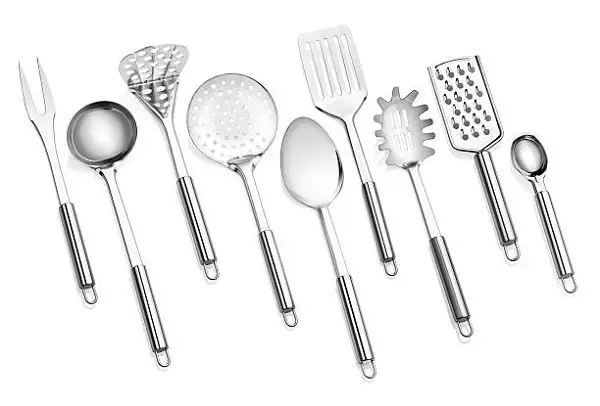
You should know that the coating on your pan is particularly resilient. It is not stuck to the surface like duct tape, but is chemically fused with metal. Unless you’re making deep grooves in the pan with your utensils, you can continue to use them without any problems. If you see black dust falling from the pan it is possible that it is the coating but it is highly unlikely. It is more likely to be some charred food residue that has remained in the pan because you refused to wash it with soap. Wash it well and scrape it after cooking your messy macaroni in it.
Do not cook acidic food in cast iron
In a well-coated cast iron pan, food only comes into contact with the cured oil layer, not the metal. So in a perfect world, there should be no problem. But none of us are perfect, and so neither are our pans. No matter how good the pan coating is, there is still a good chance that there are uncoated metal spots that can interact with the acidic ingredients in your food. For this reason I feel like telling you to avoid doing long cooking of acidic foods in cast iron, like tomato sauce. From another perspective a little acid never hurt anyone. A quick boil will not harm your food, your pan or your health in any way.
Cast iron that was produced 70 years ago is the same as cast iron today
The material may be the same, but the method of production has definitely changed. In the past, cast iron pans were produced by shaping sand into some molds, then the result was filed and polished until it was smooth. Vintage cast iron pans tend to have a satin finish. Back in the 1950s, production became automated and this final polishing was no longer part of the process. The result? More modern cast iron pans have a rough surface. The difference is no small matter. If you’ve coated your pan properly, both older and newer pans are averagely non-sticky, but the older ones thanks to the final polishing are much more so.

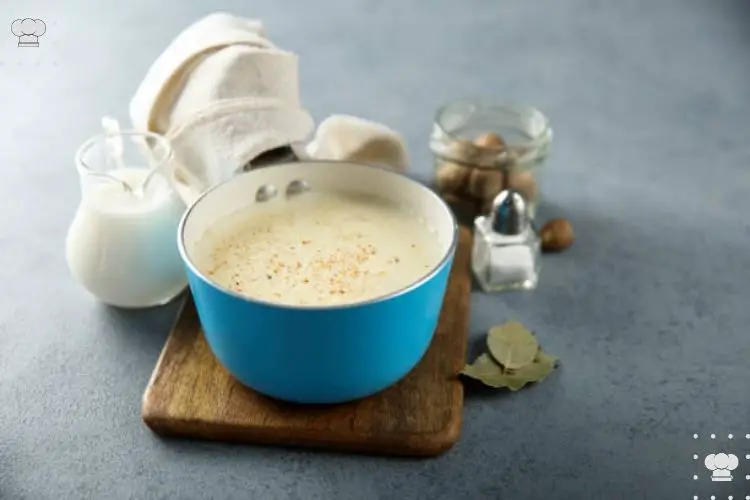
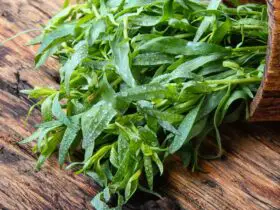
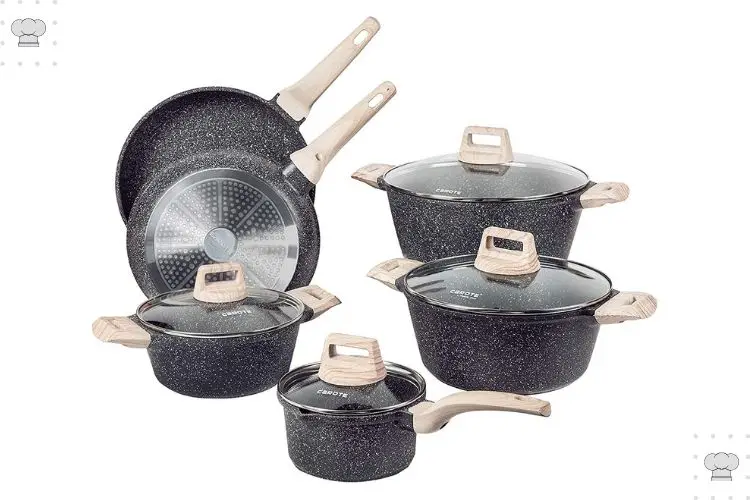
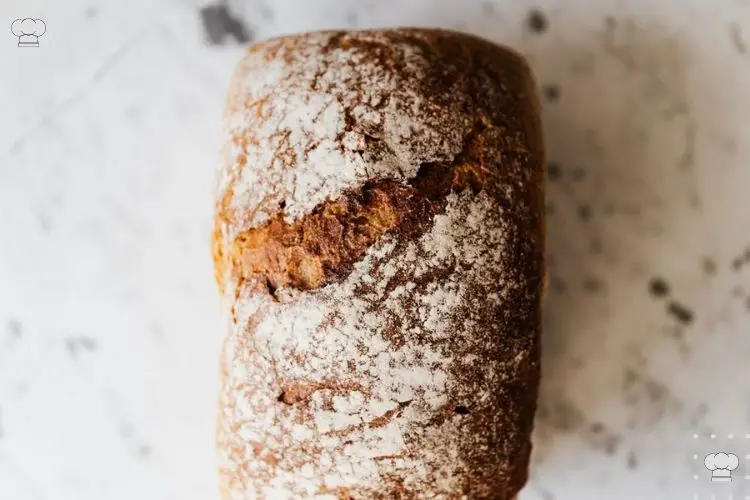
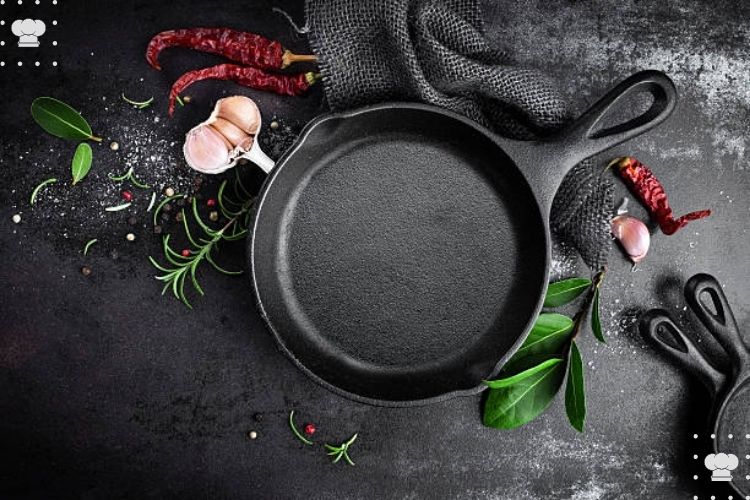
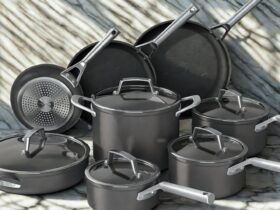

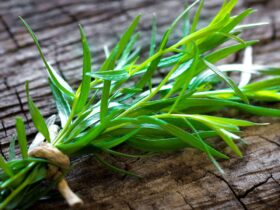
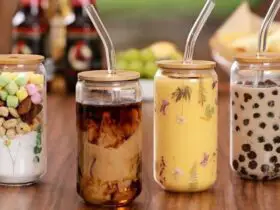
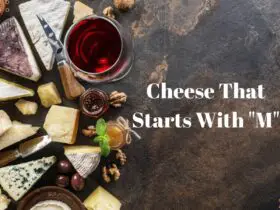
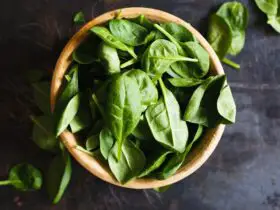
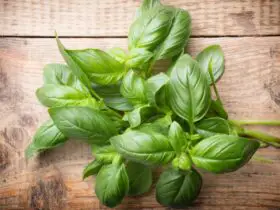
Leave a Reply